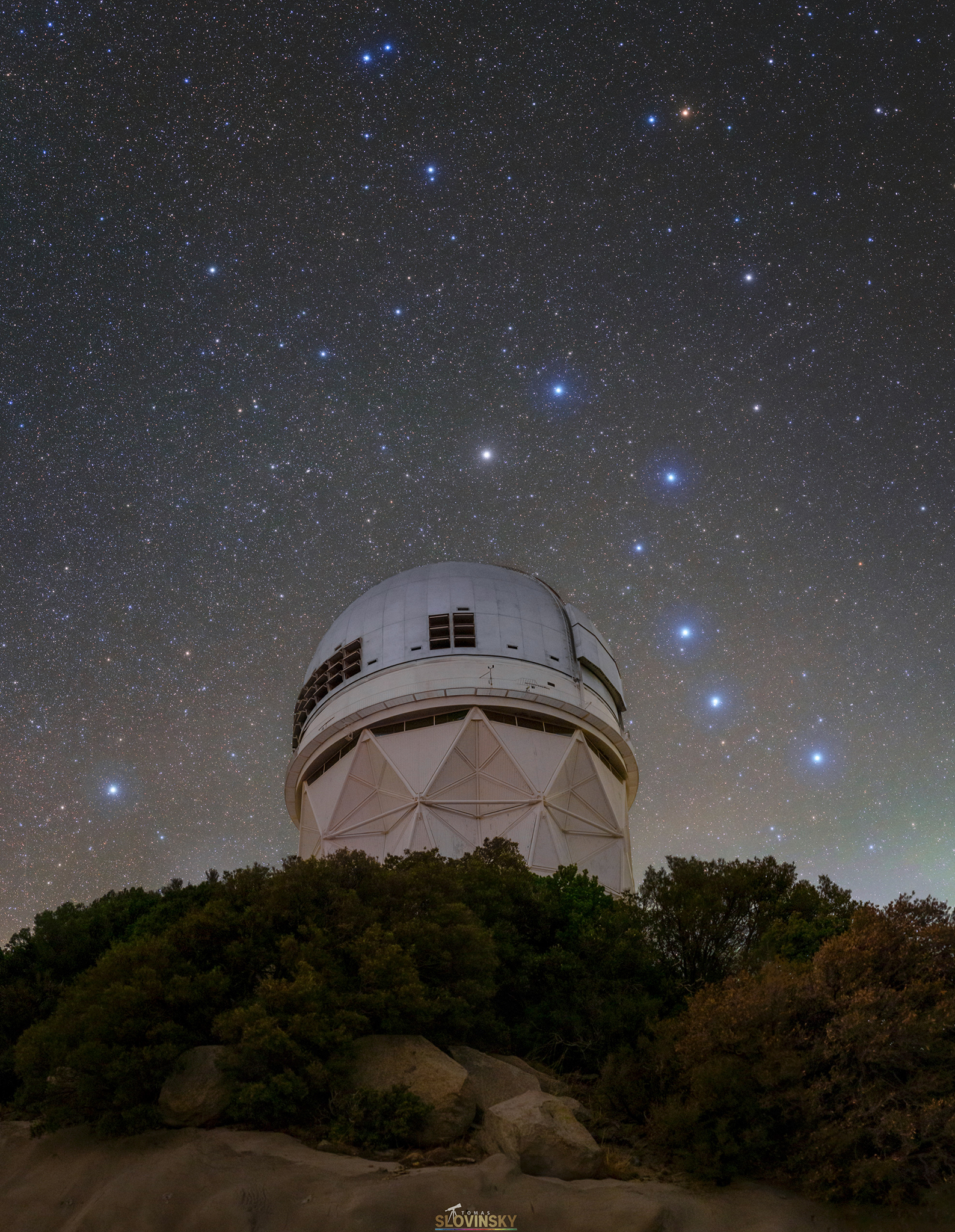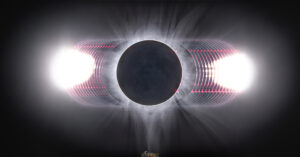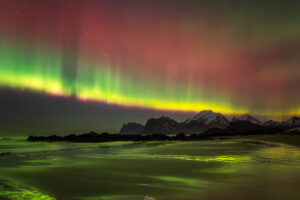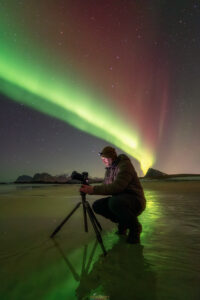Alongside the Nicholas U. Mayall 4-meter Telescope at Kitt Peak National Observatory this #imageoftheweek lies two celestial landmarks of the northern hemisphere: the Big Dipper asterism on the right, and the North Star Polaris on the left. Often used for celestial navigation from as early as the 5th century, spotting the Big Dipper’s bright stars implies that the North Star must be nearby. This is especially the case with the stars Merak (blue) and Dubhe (white) that form the front of the Big Dipper’s cup — by extending an imaginary line between the two across the sky, Polaris can easily be located.
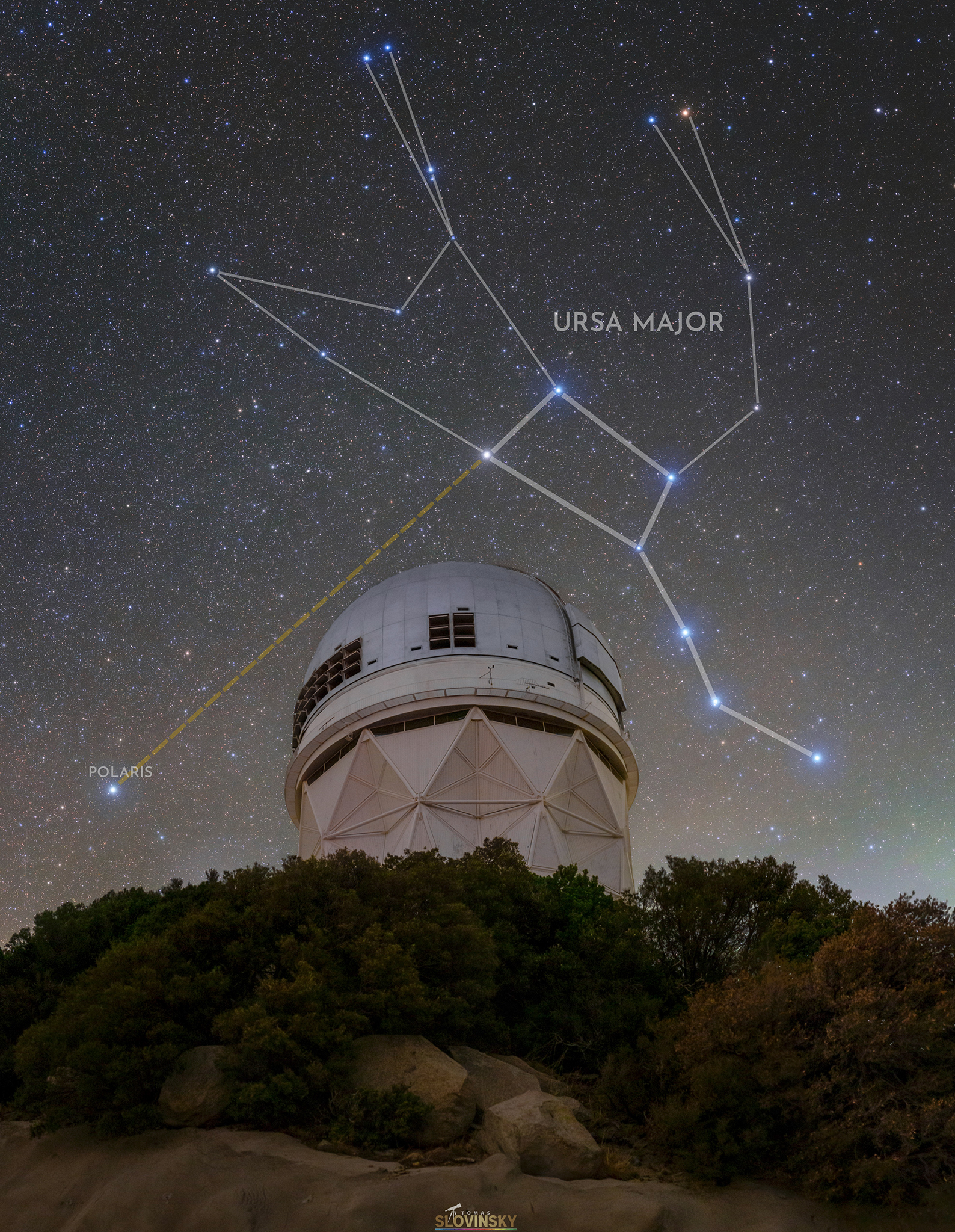
The eighteen-story Nicholas U. Mayall 4-meter Telescope is located at Kitt Peak National Observatory (KPNO), a Program of NSF’s NOIRLab, and is seen here against the backdrop of two celestial landmarks of the northern hemisphere: The constellation Ursa Major (the Great Bear), with its seven bright stars that make the Big Dipper, on the right side of Mayall and the North Star Polaris on the left. The stars of the Big Dipper asterism are notable even on their own. The second star in the Big Dipper’s handle is Mizar and together with its fainter companion star Alcor they are known as the Horse and Rider. Their pairing is a naked-eye double since they appear to observers to be right next to each other. Because of their close proximity, trying to resolve the pair with only the naked eye has been a traditional sight test in many countries. The stars Merak (blue) and Dubhe (white), that form the front of the Big Dipper’s cup, are often used for celestial navigation. By connecting the two with an imaginary line and extending it across the sky, the North Star Polaris can easily be located, seen here the brightest star to the far left of the Mayall telescope. Polaris’s stable position has made it useful for northern hemisphere navigation since the 5th century. This photo was taken as part of the recent NOIRLab 2022 Photo Expedition to all the NOIRLab sites.

